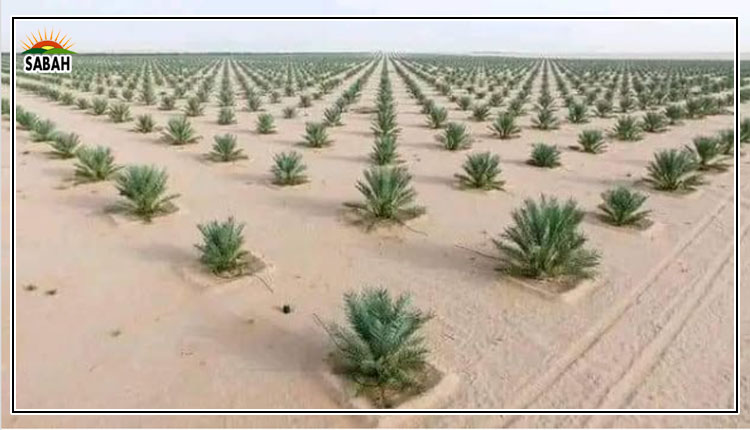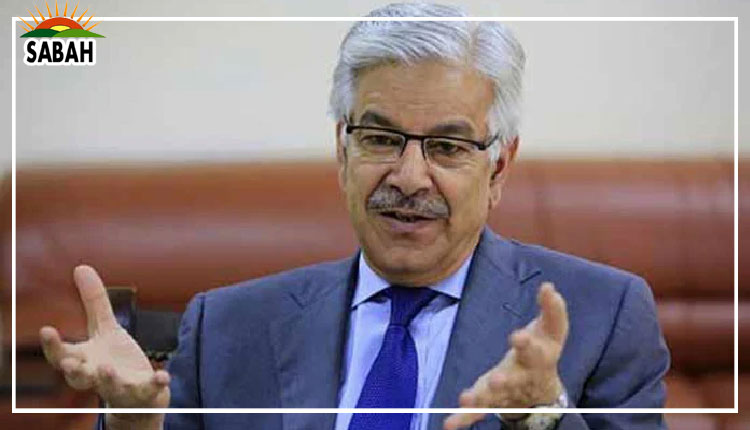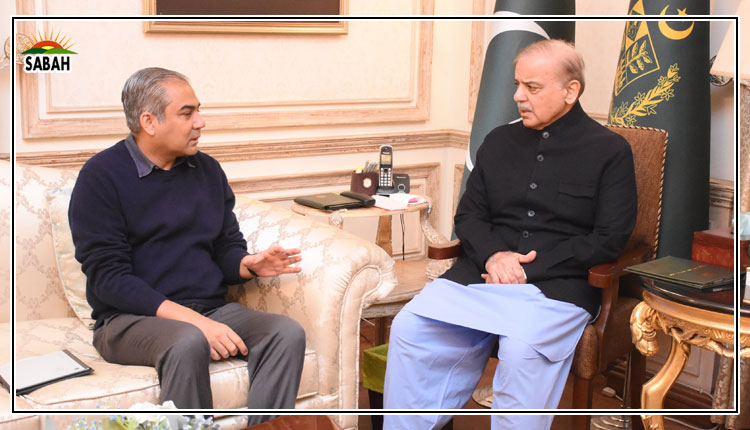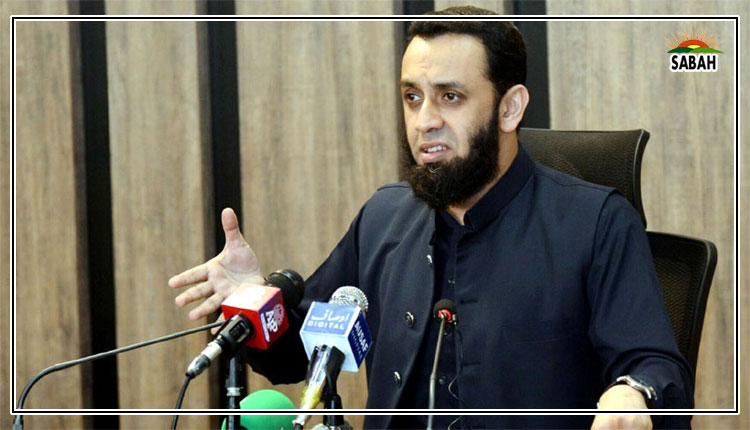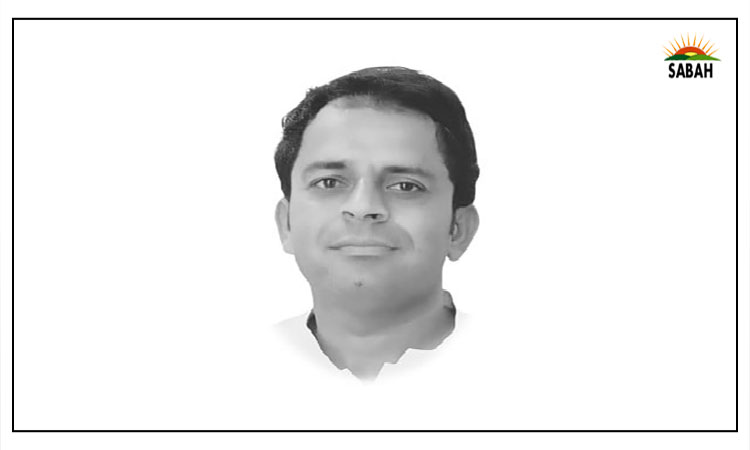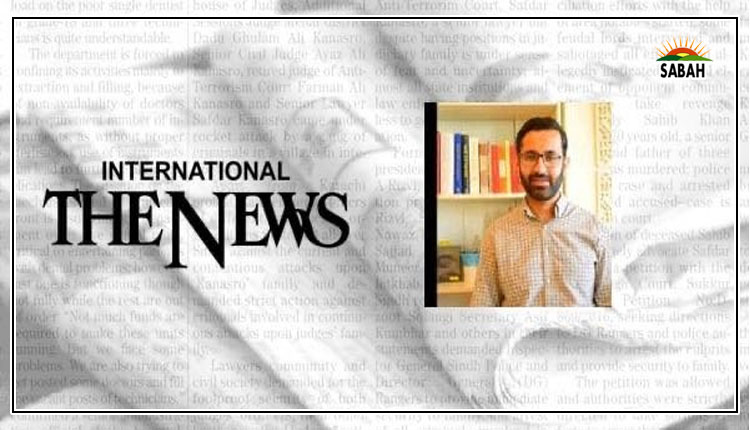A changing media…Bilal I Gilani
In the past five years, since the launch of 3G internet in Pakistan, the media landscape has undergone a paradigm change. The media market both on the demand side (media consumers) as well as on the supply side (media producers/channels) has had a huge transformation.
First, among the bouquet of media, internet and social media use has grown exponentially. According to a Gallup Pakistan Media Habits survey in 2018 close to 20 per cent adults claimed to use the internet. In 2023, the figure is close to 45 per cent. The data analysis for internet use shows two other interesting trends. Nearly everyone is using the internet on their phone (95 per cent) and the use of the smartphone is now half of all mobile phone users.
Similarly, internet use quality has improved significantly with a reasonable proportion among the non-young category also using the internet and the amount of time spent on the internet having increased significantly (a number corroborated by the data usage figures from the telecom sector). All of this has meant that social media use, especially for entertainment and news, has gone up considerably. When Gallup asks what people use for news content now almost a quarter to half mention social media. Unconventional media vehicles such as podcasts are also having a heyday with up to 10 per cent internet users saying they listen to podcasts. All this bend towards social media has meant taking away from the time people use to consume other media (given the limited time available during the day). The biggest casualty of the internet revolution in Pakistan has been TV. Newspapers and radio were already on a decline.
In the case of newspapers, the decline was camouflaged for many years under state advertisements. Even though readers had switched to TV in the 1990s and 2000s, and other advertisers switched, the state kept sustaining the market.
TV has seen a dramatic decline in two decades which has precipitated in the past five years. In 2004, an average Pakistani was watching close to 240 minutes of TV every day. In 2018, the number fell to 120 minutes. In 2022, average TV minutes watched was close to 80 minutes (a third of the TV minutes reduced in five years). A few other changes in the TV market are also taking place.
First, the share between news and entertainment content within TV viewership is sliding. Contrary to popular opinion, most Pakistanis spent most of their time watching entertainment rather than news. Back in 2004 when the local entertainment cable channels were being launched the most viewed TV channel in the country was Star Plus. This has become increasingly true with now almost 3 in 4 TV minutes going to entertainment. Second, there are two segments that have dropped TV use in a further dramatic manner: the 18-30 age group males and the educated /urban segment. Both these segments have shifted their media use to social media.
The increasing lack of relevance of news channels is also not equally distributed though. The top channels have continued to maintain their dominance: the top five most watched TV channels continue to occupy almost 80 per cent of time people spend on news. The rest of the two dozen to three dozen channels are airing but have a few thousand viewers at prime time.
Within social media use however it is possible and the case that conventional media players are getting the biggest pie. For example the biggest news websites in the country are those of the major news channels. Similarly, the largest local entertainment channels are also the most viewed YouTube entertainment in Pakistan. However, this space is seeing a major change with online-only content slowly but surely disrupting the space.
For most of the media market, the use of media vehicles is no longer defined by class or region. Urban vs rural, rich vs poor and educated vs uneducated used to be a good determinant of who was consuming what media. This is increasingly less so the case: social media is consumed by the elite and the public too, access to the mobile phone is almost equal across urban and rural areas and the technologies that are no longer relevant such as SMS and radio are not relevant for the rich or for the poor (only a third Pakistanis claim to ever use SMS).
Mass media consumption has undeniable repercussions for society, politics, economics and even health. Some of the actors in each of these spaces have caught pace with the changing times. Others have failed to do so. In each stream we see winners and losers as a result. In politics, the success of the PTI is largely explained by how it has understood these dynamics of the changing media space and therefore its campaigns have a higher resonance. The contrary is true for other political parties who have neglected this change in the media landscape and therefore are investing time and energy in spaces that no one is giving as much importance to. As Election 2023 comes close, a better understanding of the media landscape is not only going to help political actors but also enablers of the political theatre like the ECP.
On the supply side, media owners and stakeholders also need to catch up to the fast changing times and how they can stay relevant when their primary stakeholder the consumer has expressed a desire to move on from conventional media consumption.
Courtesy The News


